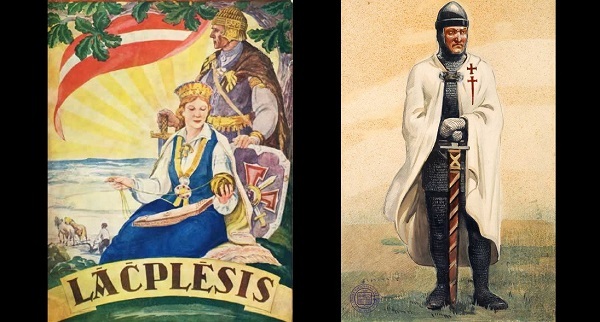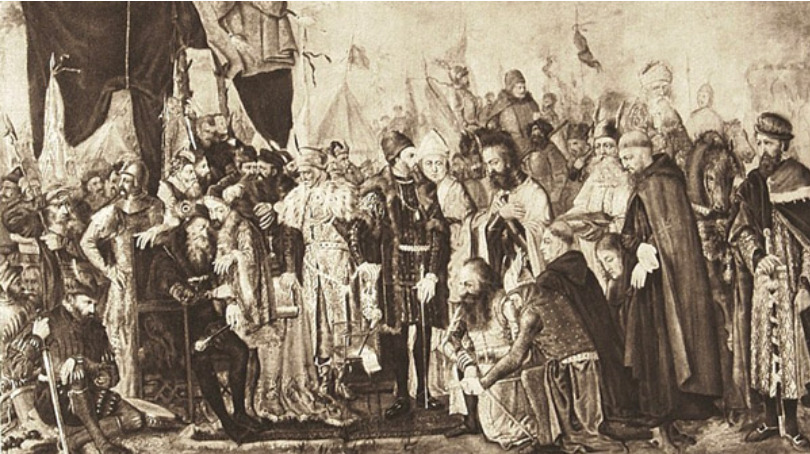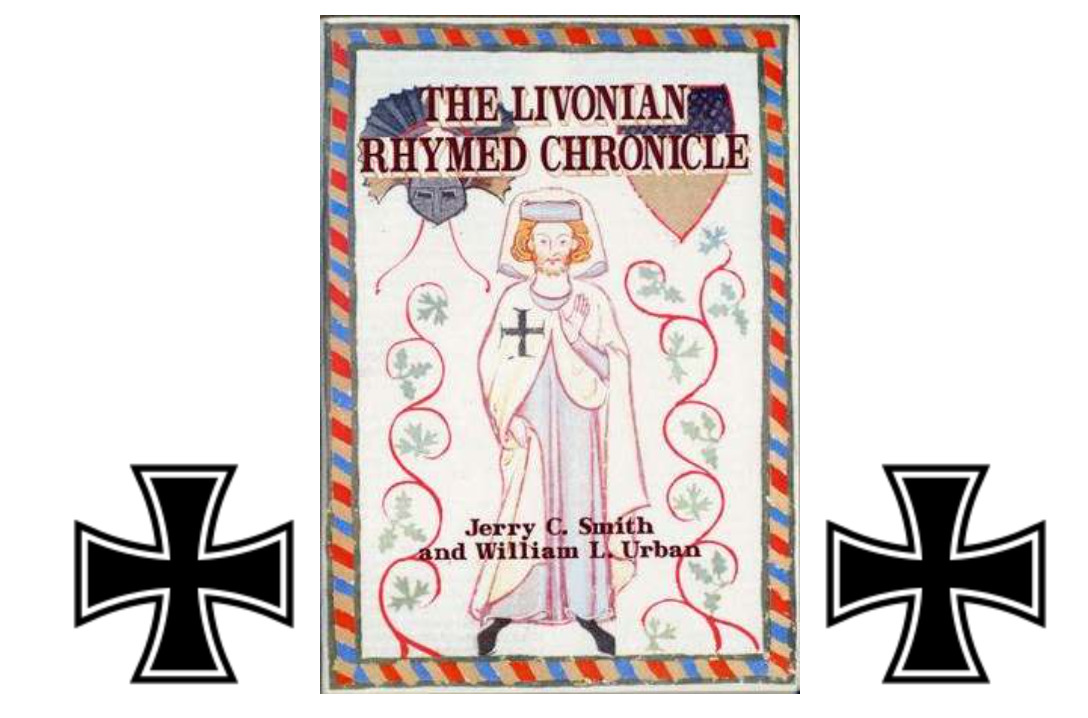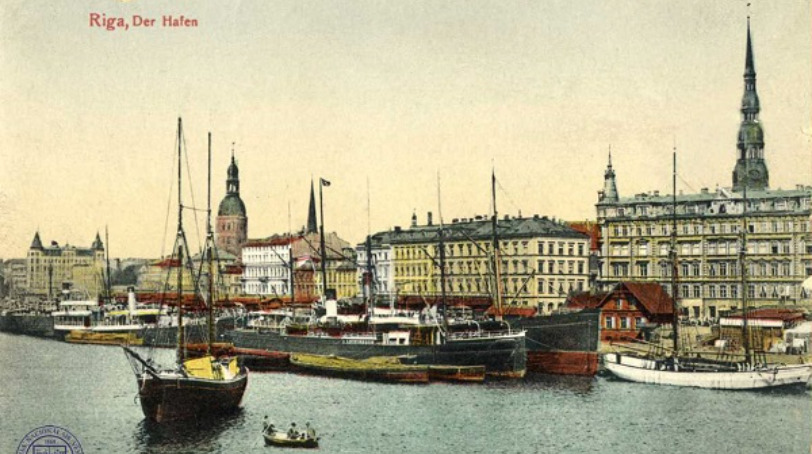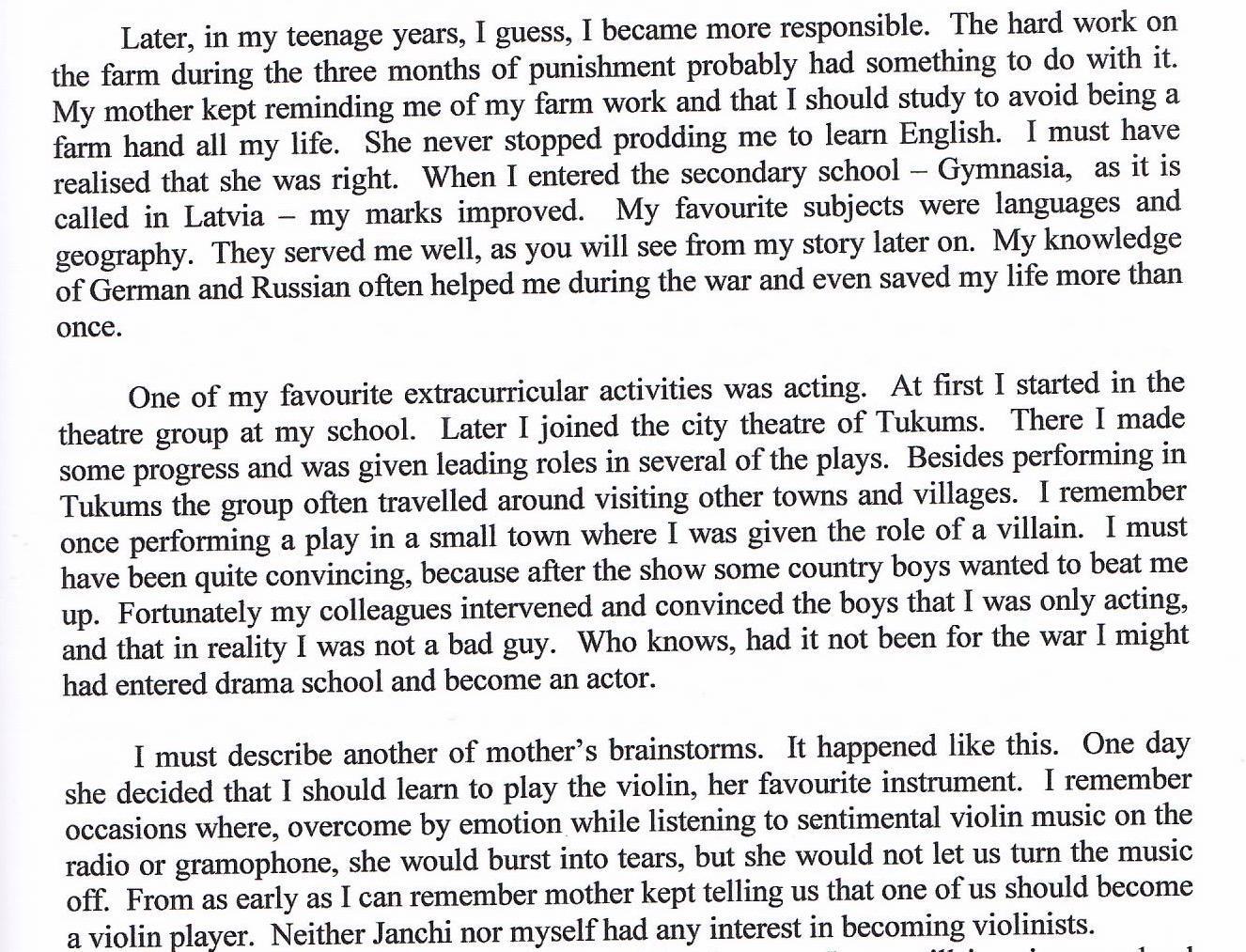Pre-World War II Latvia
Before the Medieval Period
Latvia’s fruitful history may serve as a precursor to the events that occurred during World War II. To expand, Latvia exists amongst the oldest European countries in the world, dating back to over 4,000 years ago. During its origin, Baltic ancestors settled in the region with trade routes between Rome and present-day Istanbul. As a dynamic and self-sufficient nation, Latvia maintained its own trade, economy, migration, and religious freedoms.
It's imperative to highlight that European nations during this time period were not homogenous- each supplemented a different community and enacted unique economic, political, and social practices. Dating back to 3,000 BC, Latvian ancestors implemented their own ideals, factions, migration routes, and trade routes. The importance behind the rich and distinctive origins of Latvia amplifies its identity in relation to larger, more well-known European powers that historically overtook and influenced Latvia's development.
Christian Crusaders
Latvia, a situated and solidified country, remained unscathed until Christianity swept across the European nations, replacing paganism and thus antagonizing the traditionally Baltic religious practice. Consequentially, Latvia experienced its first brush with outside occupation, as Germany employed crusaders to take over Latvia and forcibly instill Christianity. Christianity would continue to define the realities and practices of Latvians throughout the coming ages and serve as the dominant narrative of shared memory amongst European nations.
For centuries, Latvia existed under the control of Germany and endured the Livonian Order until the mid-16th century. Throughout this time, Latvia’s culture and government underwent heavy German influence that would continue to define Latvia's independence. Nevertheless, Latvia’s independence from Germany’s authority remained unattainable as Polish-Lithuanian Commonwealth obtained control over Latvia in 1562, despite the fallback of European crusaders. Consequentially, the Order divided Latvia into separate territories, instilled numerous churches, and created a hierarchy amongst Polish-Lithuanian elites and ethnically Latvian peasants. While Germany did not physically occupy Latvia in the same sense as the Polish-Lithuanian Commonwealth control, Latvia's land remained to be owned by Germany. In simpler words, Latvia continued to be passed along under different forms of control. Furthermore, despite Latvia's annexation from Polish-Lithuanian influence, Germany quickly took over once again.
The Livonian Rhymed Chronicle (seen above), written by an anonymous author between the 12th-14th centuries, is an artifact that exemplifies the attitudes of comradery and bravery between German crusaders. Written in "High German", this book primarily served higher class individuals as a way of propelling elitism amongst religions and nations. It is understood that this story was primarily shared orally, in order to encourage German knights and crusaders to continue their voyages and as a way to recruit more volunteers for the matter. The Livonian Rhymed Chronicle can be interpreted as a vessel of propaganda for German patriotism, imperialism, and Christianity over the Baltic States during this time.
Russian Introduction
Concluding the century-long control of Poland-Lithuania influence, ascending nations Russia and Sweden unveiled their plans to assume the divided lands over the 17th century. Ultimately, Russia maintained its dominance over Latvia, leading up to the Latvian National Awakening due to the imperialization of Latvia's largest city, Riga. This period came about after innovative technologies extended into the Russian Empire and its territories. After centuries of larger nations controlling, influencing, and owning the Baltic country, Latvia's identity and history were rewritten from the perspective of its conquerors. The major turning point resulted in Latvian civilians reclaiming and redefining their culture, language, and economy. It seemed that finally, Latvians were in complete control of their shared experience. No longer did civilians' identities and social standing correlate directly with the rule of outside powers. Moreover, Latvians began crafting shared experiences and memories in conjunction with a growing national identity. Due to a growing theme of community and identity amongst the Latvians, the end of World War I led to the independence of the centuries-long dominance over the country.
A Brief Brush with Independence
Preceding World War II, Latvia reclaimed its independence and designation as an established European country in the early 1900s. Below shows the Treaty of Peace signed by Latvia and Russia that granted the independence of Latvia after centuries of occupation. Nevertheless, Latvia's historical reality would soon be compromised in an unprecedented, nuanced way that will be explored in this project. The former Russian and German occupancy of the Baltic state reveals that Latvia's involvement in World War II wages much more complexities that must be critically analyzed in order to understand the hidden realities of this country. As Latvians reclaimed and worked toward solidifying their newly founded independence, their shared identity and history created a community with distinct cultural and social dynamics. The start and involvement of World War II should serve as a perspective in analyzing how these identities were shaped by the tragically influential war.
Above, readers can analyze a digitized page (Exhibit A) of Peter Aivars Roze's book displaying his experience as a young adult in post-industrialized Latvia. At the beginning of "My Story" Aivars recounts his experience as a teenager before the start of World War II. Now, the following sections will highlight the major points during the Second World War and how Latvia came to be crucially involved. Peter's story gives a first-hand account of how the occupation of Germany and Russia shaped the realities of Latvian civilians and soldiers.
These images depict the realities of Latvian civilians during the Soviet occupation. During this time, the Soviets maintained the luxury of private transportation while Latvians faced poverty and had to rely on crammed public transportation. On the other hand, the industrial revolution of Latvia's occupiers led to the country to follow in pursuit with railroad development and technological innovation.

